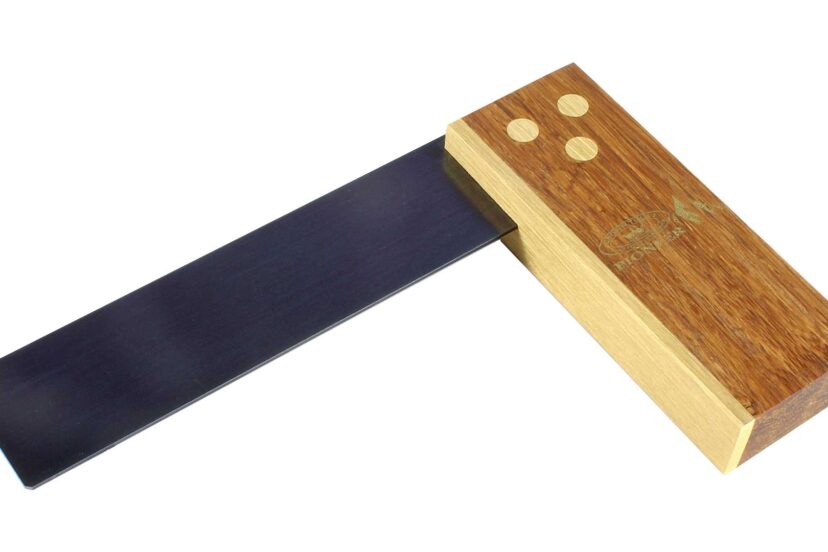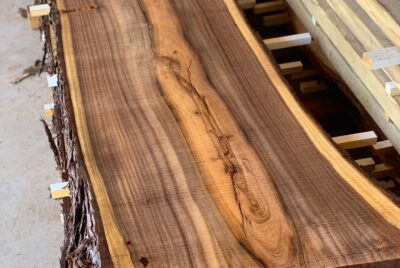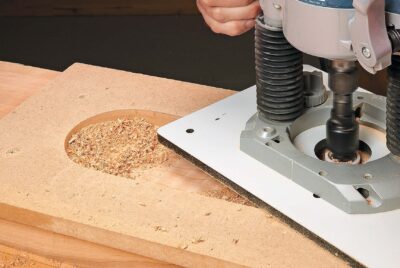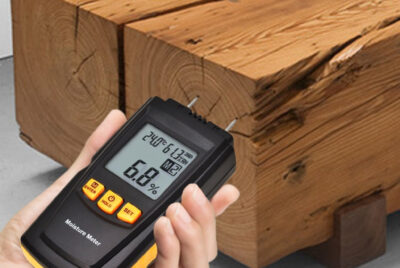Precision Woodworking Squares – Best Carpenter’s Tools & Guides
Key Takeaways
- Understanding what makes a good woodworking square and the different types is crucial for precision in your projects.
- A 12-inch combination square and a 4-inch double square are foundational tools for accurate measurements and layouts.
- Look for squares made of durable materials with fine graduations for ease of reading and long-term accuracy.
- Regular maintenance and proper storage are key to preserving the accuracy and longevity of your squares.
- Investing in quality squares from reputable brands can be a worthwhile investment for serious woodworking.
Unlocking the Potential of Precision Woodworking Squares
Think of your woodworking square as your trusty sidekick. It’s the hero’s best friend that never lets you down when it comes to achieving dead-on accuracy. Whether you’re marking up for a cut, setting up your machines, or checking the fruits of your labor, a good square is as essential as your favorite saw or chisel. It’s not just about having any square, though; it’s about having the right square and knowing how to use it to its full potential.
Craft Accuracy with the Right Square
Now, let’s dive into the essentials. At the very least, your toolkit should include a 12-inch combination square and a 4-inch double square. The combination square is a jack-of-all-trades. It can measure 90 and 45-degree angles, it has a ruler for straight measurements, and the scribe that comes in handy for marking. The double square, with its adjustable sliding blade, is perfect for checking the depth of your cuts or the inside corners of your projects.
Maximizing Efficiency in Woodworking Projects
Efficiency in woodworking doesn’t just come from swift movements or powerful machinery; it comes from the confidence that each cut you make is precise. That’s where your squares come in. With them, you can swiftly mark up your materials, confident that your cuts will be straight and your angles exact. This confidence speeds up your workflow, reduces mistakes, and, most importantly, ensures that your final product is something you can be proud of.
- Mark out cuts swiftly and confidently with a reliable square.
- Use a combination square for versatility in measuring and marking.
- Employ a double square for depth checks and internal measurements.
And remember, the right tool in the right hands can make all the difference. So, let’s ensure those hands know exactly what they’re doing.
Nailing the Basics: Woodworking Square Essentials
Before we get into the nitty-gritty, let’s establish what makes a square a cornerstone tool. A square, in its essence, is a guarantee – a guarantee that what you’re crafting has the precision a quality piece demands. But not all squares are created equal, and knowing the difference is what sets apart a good project from a great one.
Distinguishing Types of Squares and Their Uses
- Combination Square: Best for versatility in measuring, marking, and checking depths.
- Double Square: Ideal for internal measurements and checking the flatness of surfaces.
- Carpenter’s Square: Great for larger materials and checking the squareness of edges.
- Try Square: Perfect for verifying the squareness of joints and edges.
- Speed Square: A must-have for quick marks and determining angles on framing lumber.
Each type of square has its strengths, and understanding these will help you choose the right tool for the job at hand. Whether you’re laying out dovetails or setting up a table saw, the square you choose can make your process smoother and your results more accurate. For more detailed information on selecting the right square for your woodworking projects, consider reading this comprehensive guide on Choosing Squares.
Assessing Square Quality: Material and Build
When you pick up a square, it should feel like an extension of your hand – balanced, sturdy, and precise. The material of your square matters. High-quality steel or aluminum are your go-to options for durability and long-term accuracy. And the build? Look for finely etched gradations that are easy to read and won’t wear away with use.
- Choose squares made of high-quality steel or aluminum for durability.
- Opt for finely etched gradations for clear and long-lasting readability.
- Ensure the square feels balanced and comfortable in your hand.
Remember, your square is a tool you’ll reach for time and time again. It’s worth investing in one that feels right and will stand the test of time.
Expert Tips for Precision Marking and Measuring
To achieve precision in woodworking, it’s not enough to simply have a square; you must also know how to use it correctly. Start by ensuring your workpiece is securely fixed. Then, hold the square firmly against the piece, and use a sharp pencil or marking knife for accurate lines. For measuring, align the start of the ruler precisely with the edge of the workpiece. Any sloppiness here can throw off your entire project. Learn more about the essentials of a woodworking bench to help in precision work.
Maintenance Tips to Preserve Square Accuracy
Like any tool in your shop, squares require maintenance to function at their best. Keep them clean, wiping away any dust or debris after use. Store them in a dry place to prevent rust or corrosion. Occasionally, check the accuracy of your square by drawing a line, flipping the square, and drawing another line next to the first. If the lines are parallel, your square is still true.
Essential Squares for Every Carpenter’s Toolkit
No matter the project, having a variety of squares in your toolkit is essential. The combination square is a must-have for its versatility. A speed square is invaluable for quick marks and layout work, especially in framing. For fine joinery, a precision engineer’s square ensures tight fits. And for larger projects, a framing square can’t be beaten. Diversifying your square collection ensures you’re prepared for any task.
Popular 5 Precision Squares for Craftsmanship Excellence
For woodworking where every thousandth of an inch counts, consider these top 5 precision squares:
- iGaging 4-Inch Double Square: Known for its durability and precision.
- Starrett 12-Inch Combo Square: A staple in the industry, renowned for its accuracy.
- Woodpeckers Precision Square: Offers ease of use with high-quality construction.
- PEC Tools 6-Inch Flexible T-Rule: Great for tight spaces and detailed work.
- Johnson Level & Tool Carpenter Square: Ideal for larger projects, with a solid build.
When to Use Which Woodworking Square: A Practical Guide
| Square Type | Best Use |
|---|---|
| Combination Square | General layout, measuring, and marking angles |
| Double Square | Detailed work, checking tool setups |
| Try Square | Checking the squareness of edges and corners |
| Speed Square | Quick marks, crosscuts, and hip/valley cuts |
| Framing Square | Layout work on larger stock, checking diagonals |
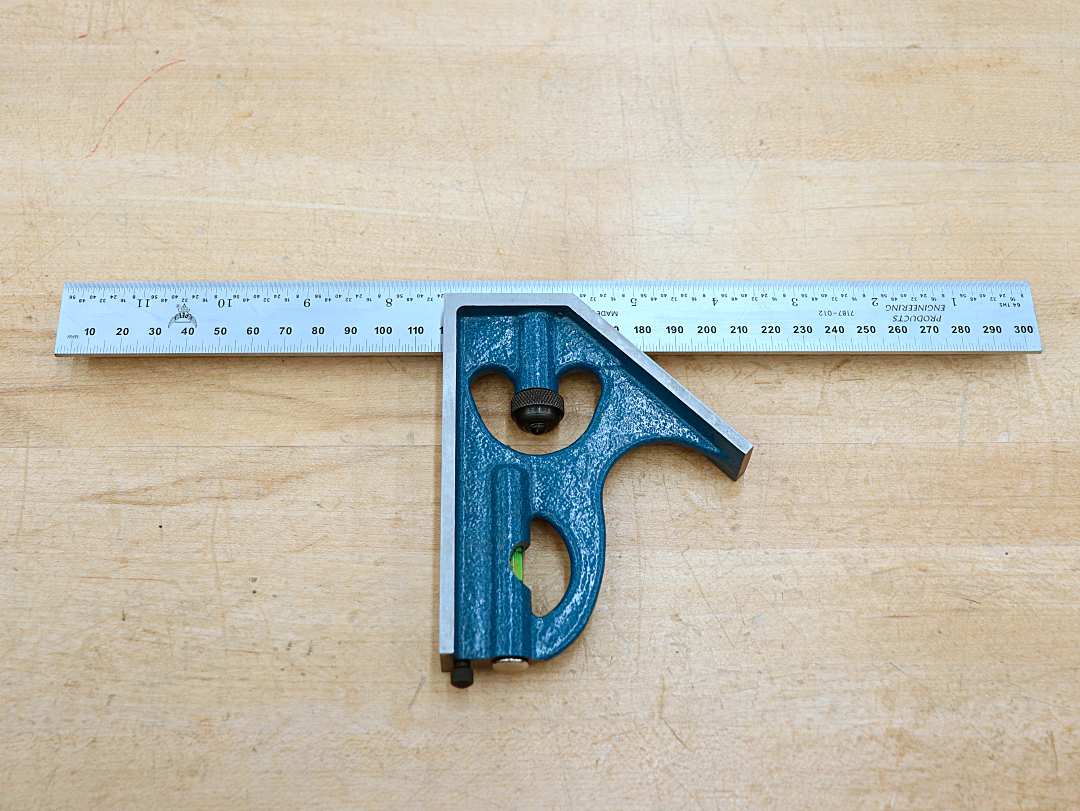
“PEC Combination Square: 300mm / 12 Inch …” from robcosman.com and used with no modifications.
Choosing the right square is about matching the tool to the task. For general layout work, a combination square is your best friend. When you’re dialing in the setup on your table saw or checking the squareness of a cabinet door, a double square or try square is what you’ll reach for. And for those quick marks or roof framing calculations, nothing beats the speed square.
Selecting the Best Precision Woodworking Square
When selecting a woodworking square, precision is the name of the game. Look for squares that boast high accuracy ratings, often within thousandths of an inch. The material should be rust-resistant, like stainless steel, and the markings should be etched or engraved to resist wear. A square with a comfortable, ergonomic design will make for more accurate and enjoyable work.
Features to Look for in a Top-Notch Woodworking Square
A top-notch square will have features that ensure accuracy and reliability for woodworking joints.
- High accuracy standards, typically within .001 inches over the length of the blade.
- Durable construction materials like stainless steel or anodized aluminum.
- Clear, etched, or laser-engraved markings for longevity.
- An ergonomic design that feels good in your hand and is easy to use.
- Adjustable features for added versatility.
Investing in a square with these features ensures you’re getting a tool that won’t just do the job but will make the job easier and more precise.
Popular Brands and Cost-Performance Analysis
When it comes to a good woodworking square, brands like Starrett, iGaging, and Woodpeckers are often mentioned for their quality. While these brands can be pricier, their tools offer precision that can make a noticeable difference in your work. On the other hand, brands like Johnson and Empire provide solid options at a more accessible price point, suitable for hobbyists or those just starting out.
“Invest in the best, and you’ll never regret it. A high-quality square is a tool for life.” – Renowned woodworker and author.
When considering cost versus performance, remember that a square is an investment in your craft. A high-quality square will last through years of projects, whereas a cheaper, less accurate tool could cost you more in wasted materials and time due to errors.
For more information on woodworking tools and ideas for quick and easy woodworking projects, tap here.
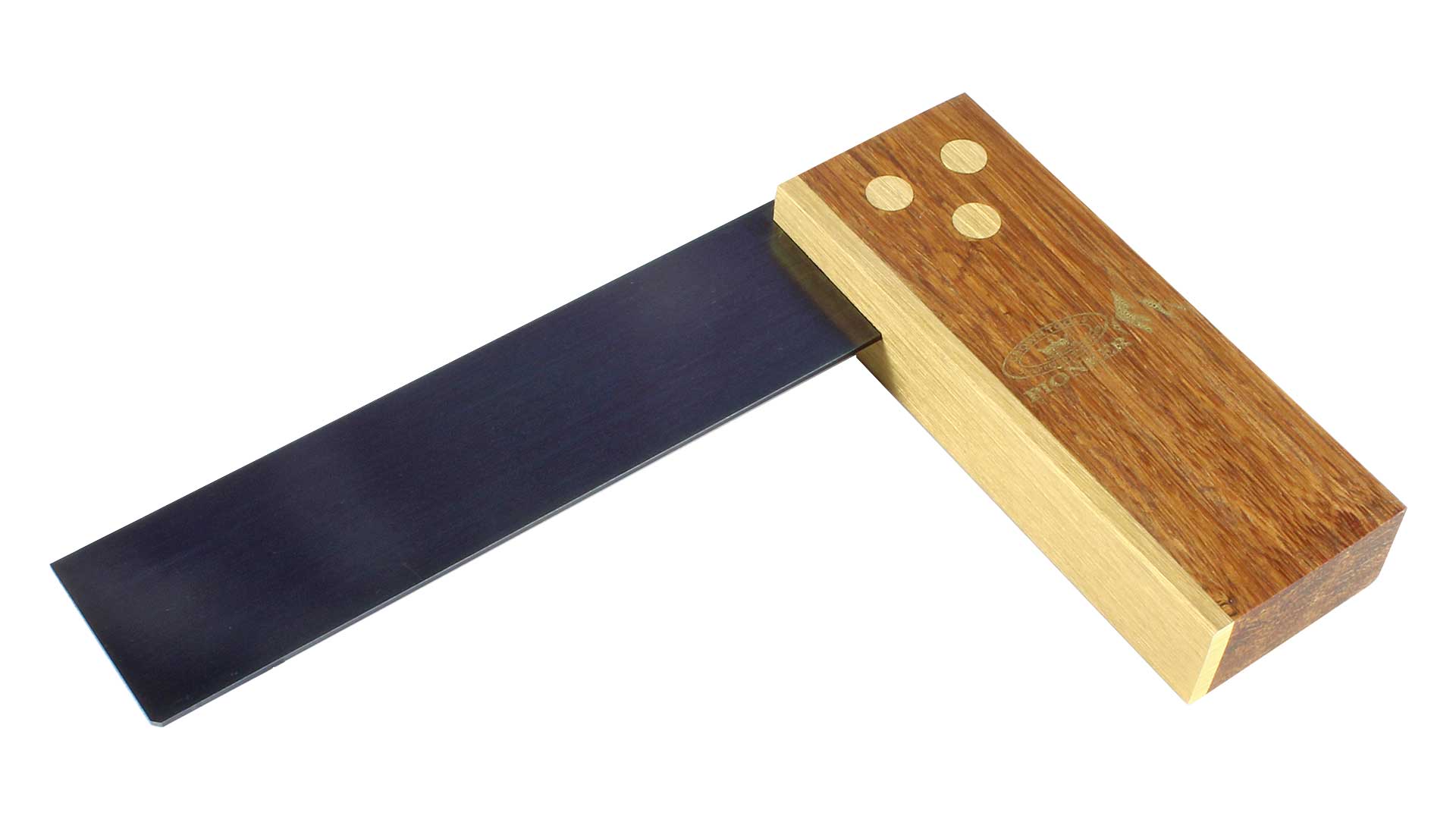
“Squares | FINE TOOLS” from www.fine-tools.com and used with no modifications.
Frequently Asked Questions On Woodworking Squares
1. How to Verify the Accuracy of Your Square?
To check if your square is true, use the ‘3-4-5’ method. Measure 3 units from the corner along one edge and make a mark. Along the adjacent edge, measure 4 units and mark. Now measure the diagonal between the two marks. If it measures 5 units, your square is accurate. Alternatively, draw a line with your square, flip the square over, and draw another line next to the first. If the lines are parallel, your square is accurate.
If you find that your square is slightly off, some squares allow for adjustments. Check the manufacturer’s instructions to see if this is possible and how to do it properly. If it’s a fixed square, you may need to replace it.
Remember, even the slightest inaccuracy can throw off your entire project, so it’s worth taking the time to ensure your square is as accurate as possible.
2. Can You Sharpen a Dull Woodworking Square?
While you can’t ‘sharpen’ a square in the traditional sense, you can maintain its edges to ensure it remains straight and true. If you find nicks or rough spots along the edges, gently file them down with a fine metal file. Be careful to maintain the right angles and not to remove too much material, which could affect the square’s accuracy.
3. Are Expensive Squares Worth the Investment?
“Buy once, cry once. A quality square will outlast several cheap ones and save you money and frustration in the long run.” – Seasoned Carpenter
Expensive squares often come with guarantees of accuracy and are made from higher quality materials that resist wear and corrosion. They also tend to have clearer, more durable markings. If woodworking is more than just a casual hobby for you, investing in a high-quality square can be a wise decision.
However, if you’re just starting out or only occasionally dabble in woodworking, a mid-range square may suffice. Just remember that accuracy can vary, and you may need to check and adjust more often.
4. How to Store and Care for Your Squares?
To keep your squares in top condition, store them in a dry place to prevent rust and corrosion. A dedicated tool rack or a case can protect them from being knocked around and maintain their accuracy. Avoid dropping your squares, as this can knock them out of true.
Clean your squares after use to remove any debris or moisture. A light coating of oil can help protect metal squares from rust. For wooden or plastic squares, avoid exposure to extreme temperatures or humidity, which can cause warping or other damage.
5. What Is the Difference Between a Combination Square and a Double Square?
A combination square is a multi-tool that can measure 90 and 45-degree angles, has a ruler for straight measurements, and often includes a level and scribe. It’s adjustable, with a sliding ruler that locks in place, making it incredibly versatile for various tasks.
A double square, on the other hand, typically features two straightedges set at 90 degrees to each other, with one edge adjustable for measuring and marking. It’s particularly useful for checking the squareness of joints and inside corners where a combination square might not fit.
6. Where can I learn more about building my own woodworking shop?
Here’s a great place to learn more about woodworking and building your own wood shop.

